2022年3月,运行中有反应侧窗窗处余水管滴水,副驾地板上有部分水迹,经核实为余水管的扎带松脱;后续完成更换松脱的扎带,观察余水管不漏,清洁副驾地板水迹。驾驶舱顶部有一整块积水盘,用于收集内部形成的冷凝水,并排出机外。雨天一定层度上会导致内外温差大,机体内部容易产生冷凝水。这个滴水的点是与2号风挡相连的位置,通过扎带连接,扎带出现松动导致,目前有EO737-25-0957 检查驾驶舱2号风挡前方排水管 每800FH检查一次,借助本次案例,对工卡做了小的调整,要求检查管路松脱的情况。
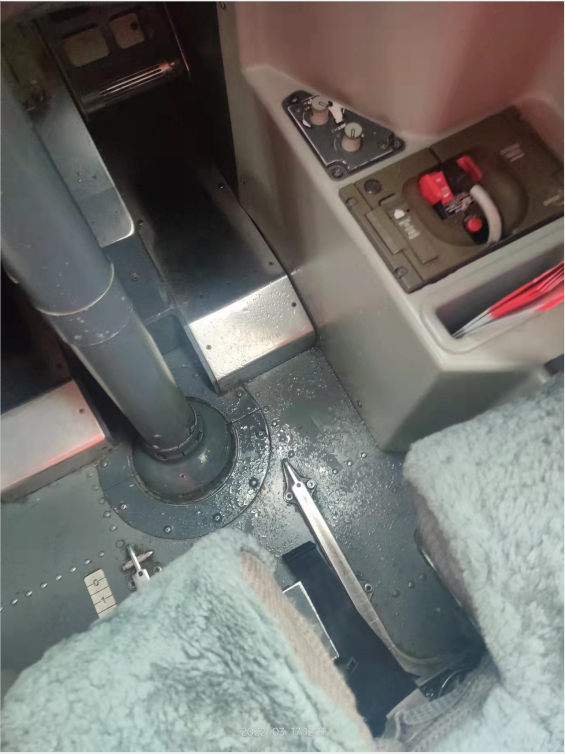
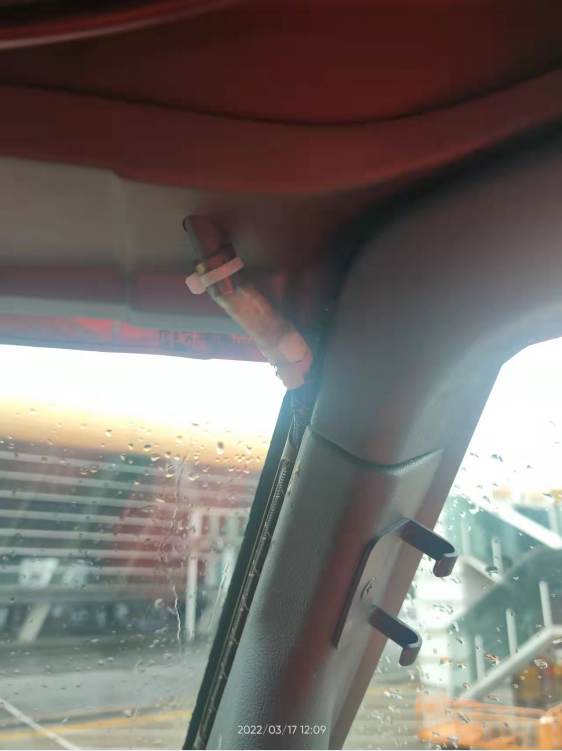
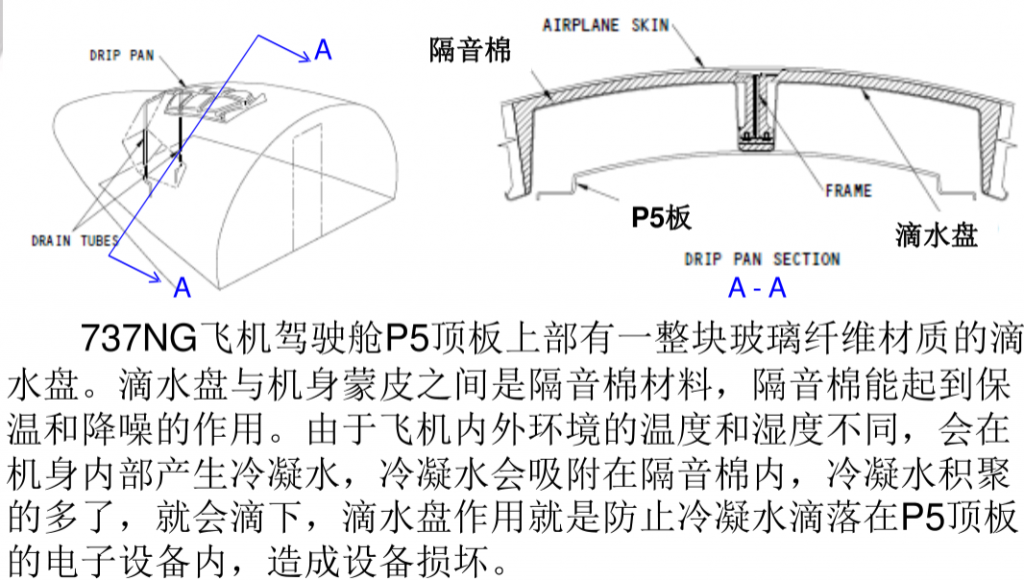
2022年3月,运行中有反应侧窗窗处余水管滴水,副驾地板上有部分水迹,经核实为余水管的扎带松脱;后续完成更换松脱的扎带,观察余水管不漏,清洁副驾地板水迹。驾驶舱顶部有一整块积水盘,用于收集内部形成的冷凝水,并排出机外。雨天一定层度上会导致内外温差大,机体内部容易产生冷凝水。这个滴水的点是与2号风挡相连的位置,通过扎带连接,扎带出现松动导致,目前有EO737-25-0957 检查驾驶舱2号风挡前方排水管 每800FH检查一次,借助本次案例,对工卡做了小的调整,要求检查管路松脱的情况。



执行三号风挡加温故障排故时,发现右三号风挡内侧玻璃上有掉块。损伤尺寸23X17x0.52mm,依据AMM 56-11-00-200-803(CHIP 标准深度小于0.381mm)损伤超标。
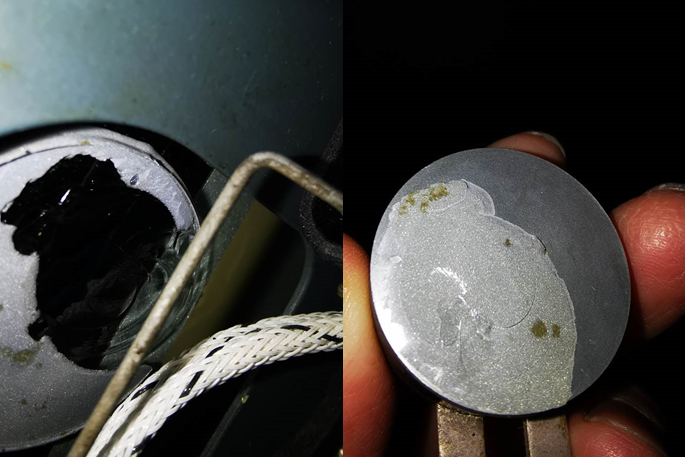
ISO-56-21-35989
自有案例,近期机队出现2号分档无电弧裂纹的案例,特点如下:
1,发生在地面,加温电门保持在ON位;
2,无电弧、分层、潮气入侵;
3,后框排水口无堵塞,传感器没有腐蚀等异常;
4,膜阻值,传感器阻值在手册范围;
5,裂纹后触摸,在裂纹点的温度值偏高。
6,裂纹源发生在非加温条边,向外扩展。
波音的解释如下,认为两种可能
1、传感器故障,导致持续加温,最终过热和裂纹。
2、WHCU控制的加温问题,导致局部温差达到200F。
The outer pane crack may be attributed to a runaway heat condition, which caused excessive thermal stresses on the edge of the glass outer pane. We do know that this type of fracture is direct result of large temperature difference between edge of the glass (cold) and the central heated portion of the window. The temperature differential required to fracture the pane in this manner is typically greater than 200 deg F. Such a temperature differential most likely was the result of some kind of uncontrolled or runaway heating by the WHCU, but there is no way to determine this after the outer pane cracks. One possible cause [theory] that may lead to a runaway heat condition is a loss of insulation resistance between ground and the temperature sensor. But again, we have not been able been to be confirm this because the condition is not noticeable until the window overheats and cracks.
点评:怀疑PPG产品质量存在问题。这两者哪个都和品控,和设计相关。

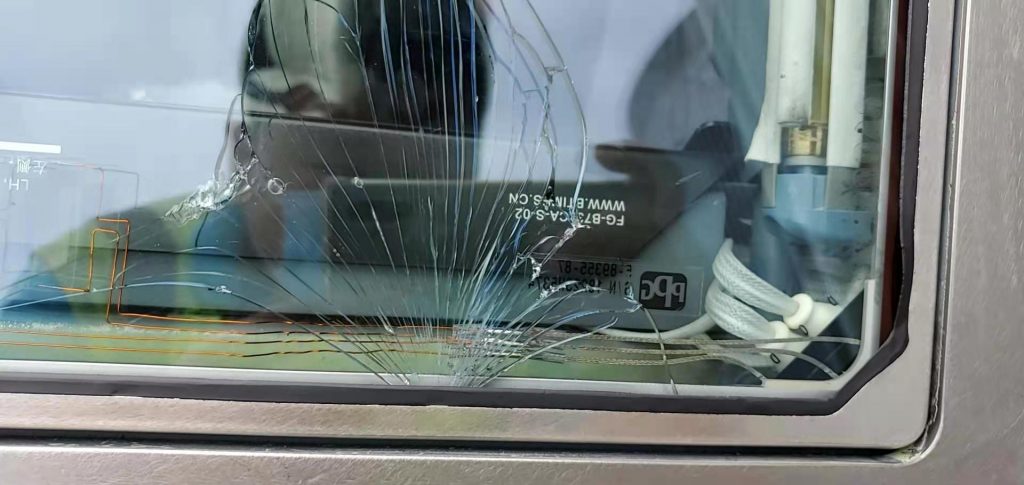
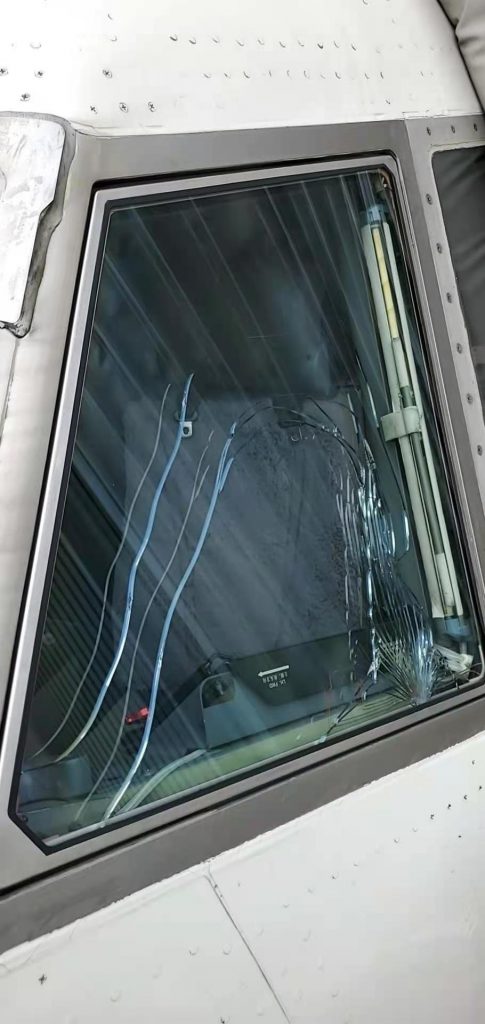
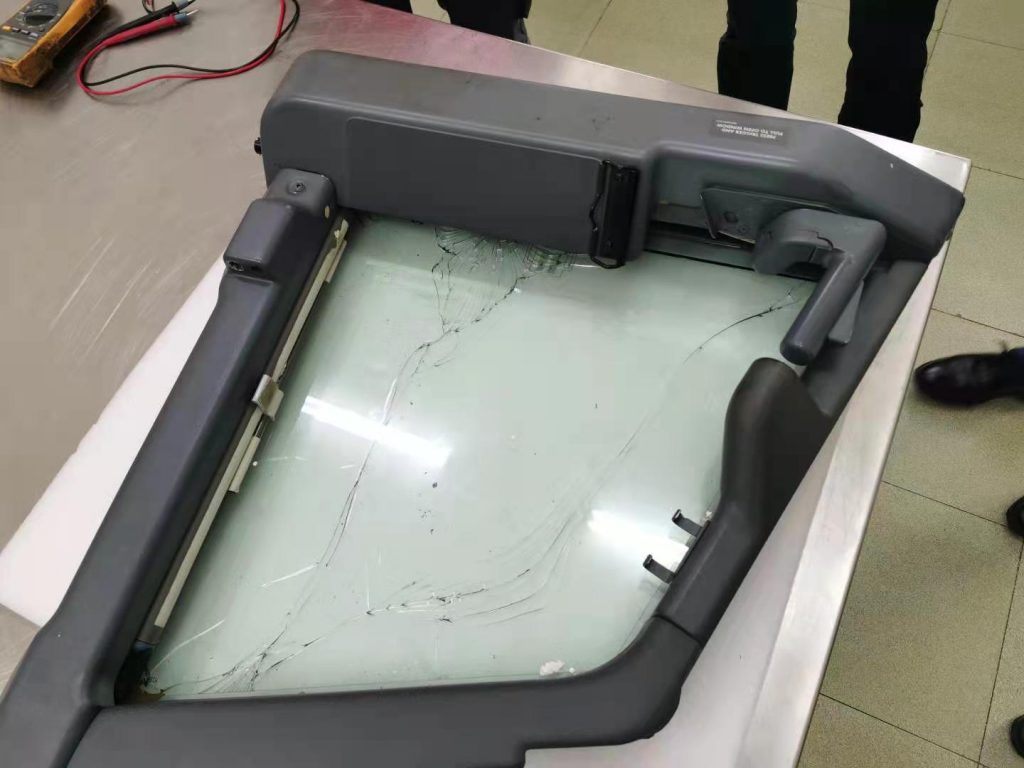
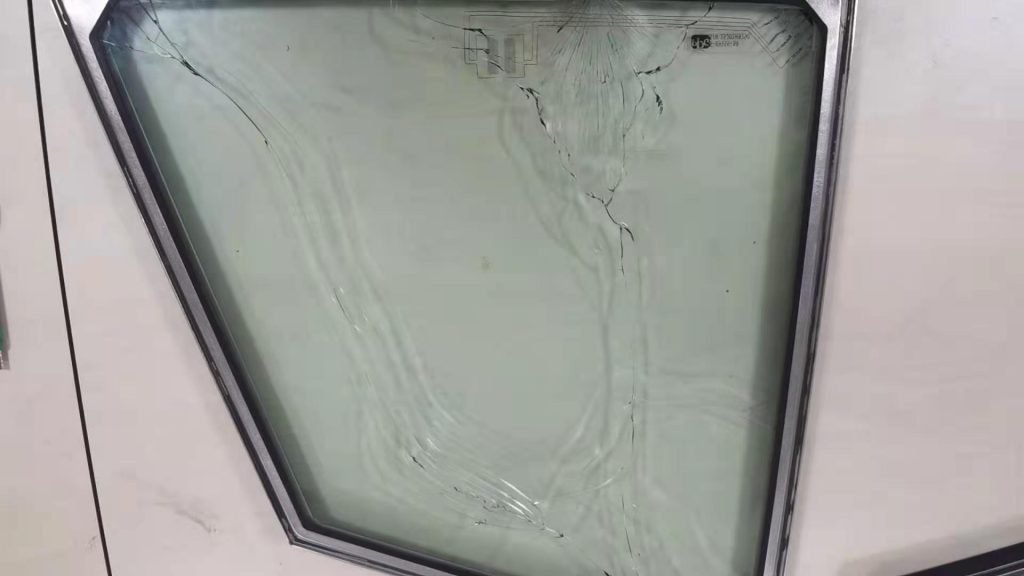

在FIX发布后,多家航司跟帖反应存在该问题,比较多得航司寄希望于PPG的本轮产品改进。
阿拉斯加航空公司的分析比较具有代表性。他们认为PPG的二号风挡,P/Ns 5-89355-87和5-89355-88。发生裂纹是由于外层玻璃的热炸裂。外层内表面承载加热元件,并在风挡加热循环中膨胀。外层玻璃外表面暴露在环境温度下并收缩。外层玻璃倾向于凹形,但Z形槽和其他层玻璃不发生形变,从而抵抗外层玻璃外表面的变形。外窗格玻璃在制造过程中经过化学强化,因此在表面层具有压缩性。当内外表面温差增大时,外窗格玻璃外表面张力增大(表面压缩减小),达到克服表面压缩的程度。外窗格玻璃裂开了。它通常发生在温差达到约200华氏度时。此类爆发通常伴随着内部窗格玻璃热损伤:丙烯酸中间窗格玻璃熔化(“手指”、光学变形)和/或“起泡”、聚氨酯夹层变色。
WHCU设计用于在车窗温度传感器电阻超过363+/-5欧姆时切断车窗加热元件的电源,其核心温度为149F。
WHCU无法检测到传感器电阻升高超过363欧姆(温度升高超过149F)的可能原因之一,可能是临时并联电阻或传感器电路对地短路,从而降低了WHCU读取的传感器总电阻值,使WHCU检测到“冷窗”,并向加热元件提供更多电流。湿气进入车窗内部传感器电路、湿气或后窗下角传感器端子上的导电FOD(回路)可能导致并联电阻和对地短路。
此外,阿拉斯加航空认为,在未检测到的较高温度(传感器电阻)下操作车窗可能会导致“传感器开路”和功率编织线焊点故障,因为这会导致传感器导线和焊点承受高于正常的张力负载,从而加速车窗加热/冷却循环期间的疲劳。
ISO-56-18-24068
1号风挡和2号风挡中间层都是乙烯基夹层作为主要的承力结构层。3号风挡加温构型的也使用乙烯基夹层作为主要的承力结构层。波音曾经给我司的一个SR 3-4203663198回复中,提到过当风挡内层和外层均失效的情况下,取证实验要求仅靠中间层能在11.5PSI压差下支持长达6个小时以上。因而是非常重要的安全防护层。
For laminated glass 737 flight deck windows, the vinyl interlayer is designed to carry fail-safe pressure if the structural inner glass pane fractures during aircraft operation. These flight deck windows were subjected to certification test, with the inner and outer glass panes intentionally fractured under 11.5 psi pressure and then held for a total of 6 hours at that pressure. These tests are performed on new production windows. Because the vinyl interlayer is the fail-safe layer in these windows, the AMM has strict requirements for window replacement for certain types of vinyl cracks.
这一层的裂纹波音有严格的限制。但从手册,确实看不出真实的样子。

在这个FIX中,SilkAir提供了3号风挡裂纹的案例图片,非常难得,可以作为参考。

